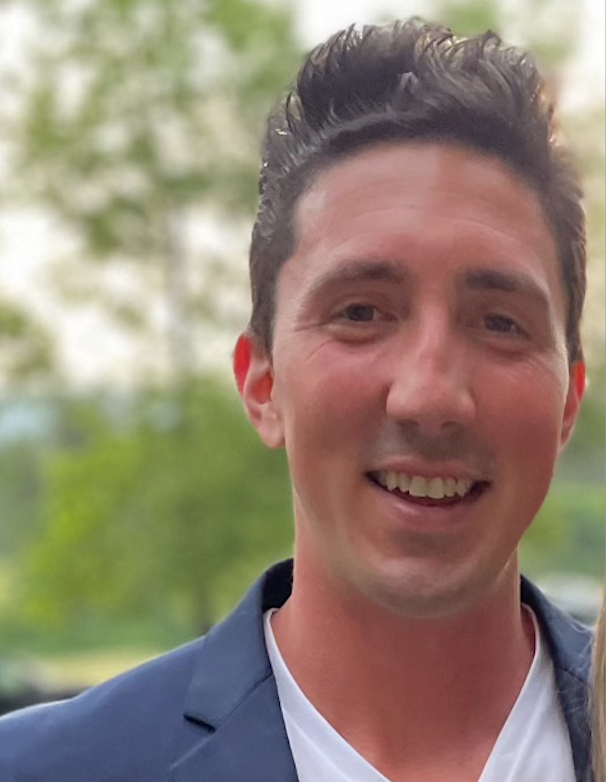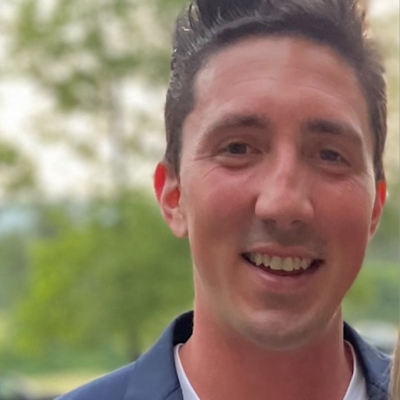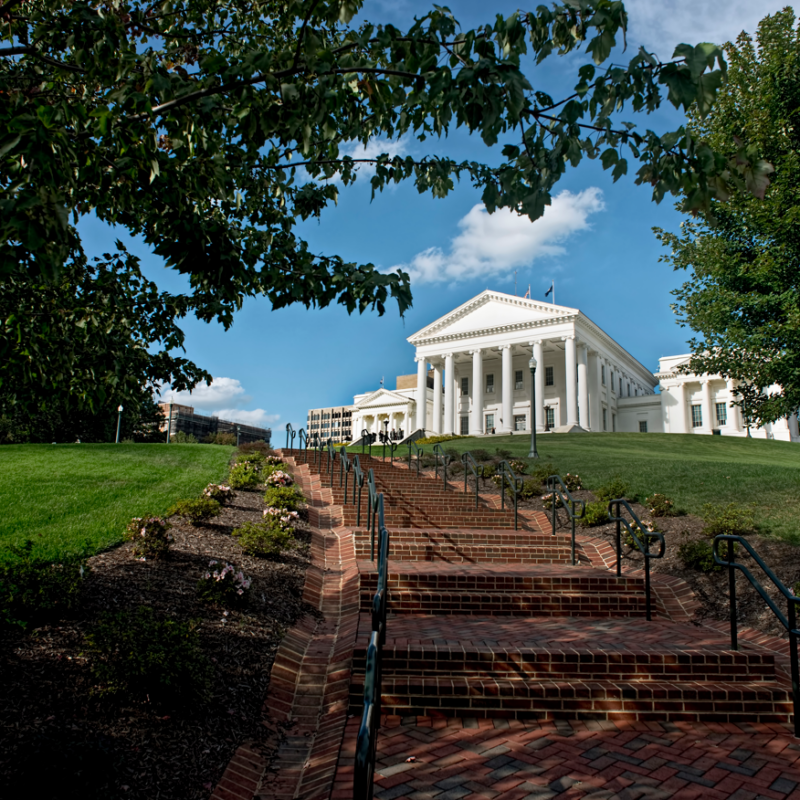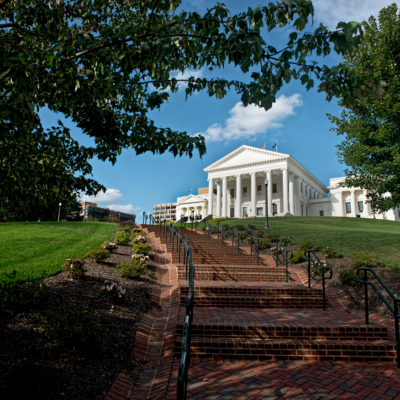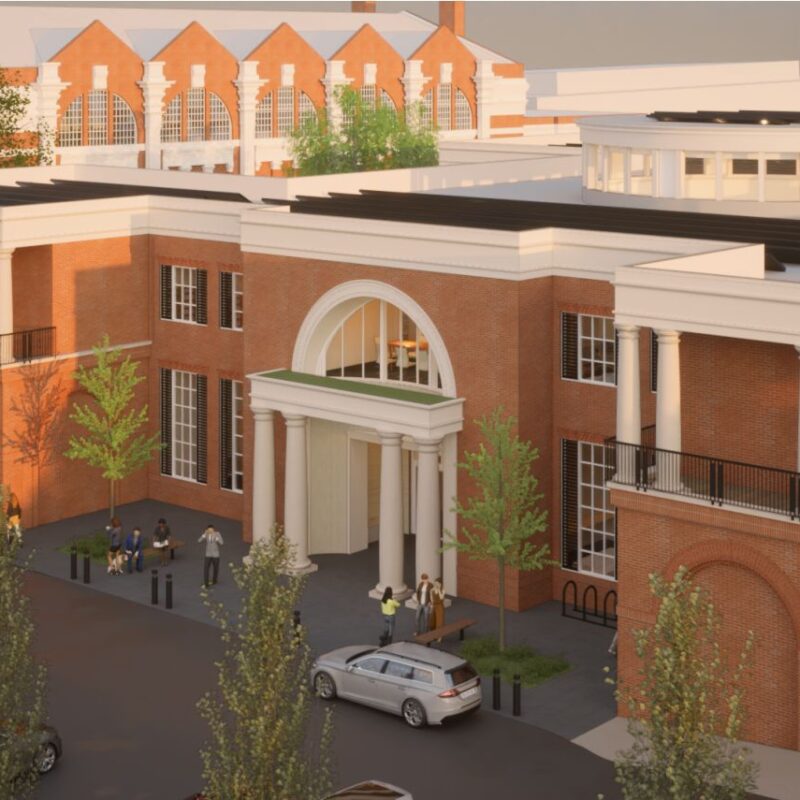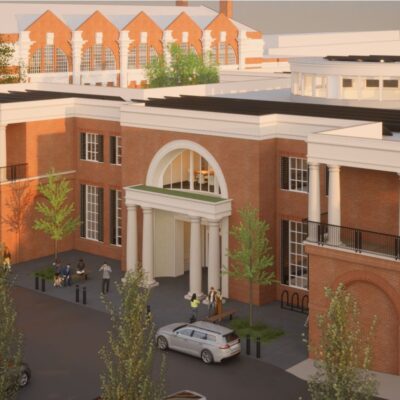“The site was discovered by accident in the 1990s, when the University was planning to expand the former B1 parking lot” close to Jefferson Park Avenue, says University Landscape Architect Mary Hughes. What construction crews stumbled upon in 1993 was an archaeological treasure: a 19th-century family cemetery and house site belonging to a free black woman, Catherine “Kitty” Foster, and her descendants. The site, which sits between JPA and Venable Lane, will be preserved and commemorated as a one-acre public park close to the nearly completed South Lawn Project.
Kitty Foster, believed to be a seamstress and laundress for the then all-male University, purchased a 2 1/8 acre plot of land in 1833. The property remained in the family until 1906.
|
The Kitty Foster home and graveyard markers, which will be part of the South Lawn, is a “rare opportunity” to have an intact archaeological site, says UVA’s Landscape Architect, “and it’s just the tip of the iceberg. It tells us about African-American life in early Charlottesville.” |
Ben Ford began working on the site as a graduate student in the Department of Anthropology. Later, with fellow archeologist and UVA grad Steve Thompson, they formed Rivanna Archaeological Services, LLC, a consulting firm hired by the University to investigate the site and surrounding areas. “When the planning for the South Lawn Project became more of a reality, they wanted to know where they could build and where they couldn’t build,” says Ford. “In the course of the investigations, we found additional graves and that spawned another year or two of work.” Ford says the graves totaled 32 from the initial count of 12 in 1993. “There are 32 individuals there, and that’s a lot for one family,” says Ford. “Now, the thinking is that perhaps the cemetery represents a community cemetery that may have had individuals buried there from a post-bellum community called Canada—and that’s a direct reference to our neighbor to the North.” Canada was a small community of free blacks, many of them employed by the University, which established itself to the north of Foster’s home.
Among the artifacts found in the site were children’s toys and work-related implements such as needles, buttons and scissors and domestic items. “Pieces of ceramics, a lot of glassware from local establishments, Chandler’s Drug Store among others,” says Ford. “It tells a little about the consumerism, how did a family of free blacks fit in with larger, white society and the economy that was going on.”
The site is a “rare opportunity” to have an intact archaeological site, says Hughes, “and it’s just the tip of the iceberg. It tells us about African-American life in early Charlottesville.” Hence, the idea of making it the first monument to blacks on Grounds. “It is an opportunity not only for the University, but also for an opportunity for the whole community of Charlottesville. It was an important gesture to make,” says Hughes.
|
It’s all in the family: back row, far right is Theresa Foster, granddaughter of Kitty Foster. Front row, far left is Marie Spradling, daughter of Theresa Foster and front row, far right is Thomas William Spradling, husband of Theresa Foster. |
Architecturally, the Foster site will have two main components. First, a shadow catcher: a steel structure the size and shape of the home foundations, which will cast a shadow on the ground of where the home once stood. The second component is the cemetery, outlined by a low stone or brick wall with an abstract pattern of slight depressions in the landscape over the graves, says Hughes.
Many support the design and the idea of incorporating the Foster site in the planning of the South Lawn Project. Dr. M. Rick Turner, retired UVA dean and current president of the local NAACP, says the park will be a vital contribution to the city’s history. “I commend the University for doing that,” he says. Professor Ervin Jordan, research archivist for the Special Collections Library and member of the Venable Lane Task Force, agrees. “I personally am very pleased by the fact that it is going to be commemorated in that fashion,” he says, but adds that it is equally important to remember the larger Canada community. “If it wasn’t for the discovery of the grave site of the Foster family, we might have forgotten that there was a community there.”
Hughes says the park will be accessible once the South Lawn Project is completed in 2010.
C-VILLE welcomes news tips from readers. Send them to news@c-ville.com.


